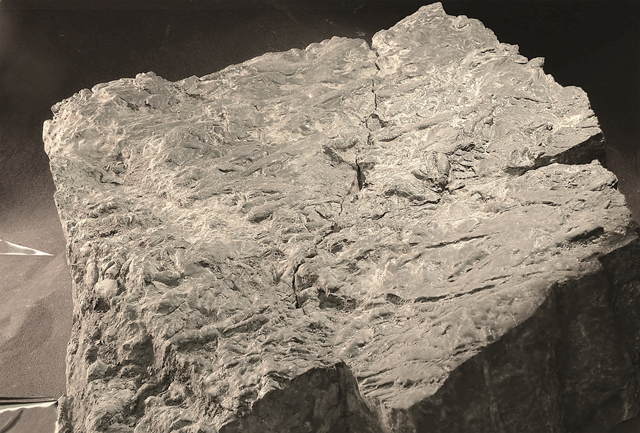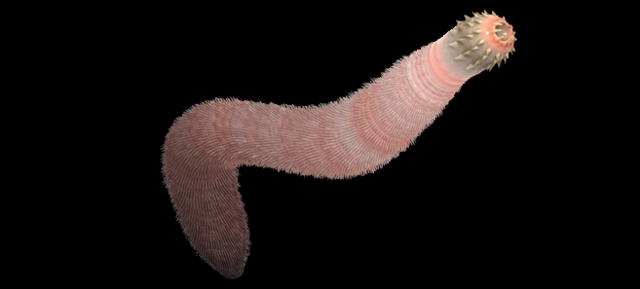About 2.5 billion years ago, microbes began making a poison that would cause one of the largest mass extinctions on Earth. The few organisms that could handle this poison flourished, going on to become our ancestors. The poison? It was oxygen. It’s a wonder that oxygen levels didn’t keep rising until Earth became uninhabitable, though, and a new study suggests we have an ancient worm tunneling through the sea floor to thank.
Most of life on Earth today relies on oxygen, but too much of the highly reactive element is still deadly. An atmosphere full of oxygen, for example, would let destructive fires burn and burn. Based on analyses of ancient rocks, geologists have observed that oxygen levels on Earth started dropping around 530 million years ago.
It may be no coincidence that complex, multicellular organisms began appearing in oceans around the same time. In a study published in Nature Geoscience, scientists speculate that tunneling sea worms may have kicked off a domino effect that eventually reigned in oxygen.

Animal burrows preserved in early Cambrian rocks. Tais W. Dahl and Bo Rasmussen
The full chain of events is a bit long and complicated, but it here goes. When worms as long as 16 inches tunneled through the sea floor, they dug up buried sediment as well as bacteria living in the sediment. For various reasons, being exposed to oxygen in ocean water made those bacteria start sequestering phosphorous. Now, all living things need phosphorous to grow — for one, it’s in our DNA — but the sediment bacteria were taking more and more of it. That left less phosphorous for algae living in the ocean waters. Algae, like the plants we know today, are photosynthetic, which means they take in carbon and release oxygen. With less phosphorous in the water, there was less algae, and thus less oxygen.
This whole process may have also prevented oxygen levels from getting too low and suffocating life, as well. When oxygen levels were low, fewer worms survived, so they dug fewer tunnels, suppressing the whole chain of events described above. It’s what scientists call a negative feedback loop — like a thermostat that kicks in to keep the temperature (or in this case, oxygen level) just right.
Just yesterday, we wrote about “Nature Geoscience via Science]
Picture: Reconstruction of a Cambrian worm from the Burgess Shale. Obsidian Soul/Wikimedia Commons
